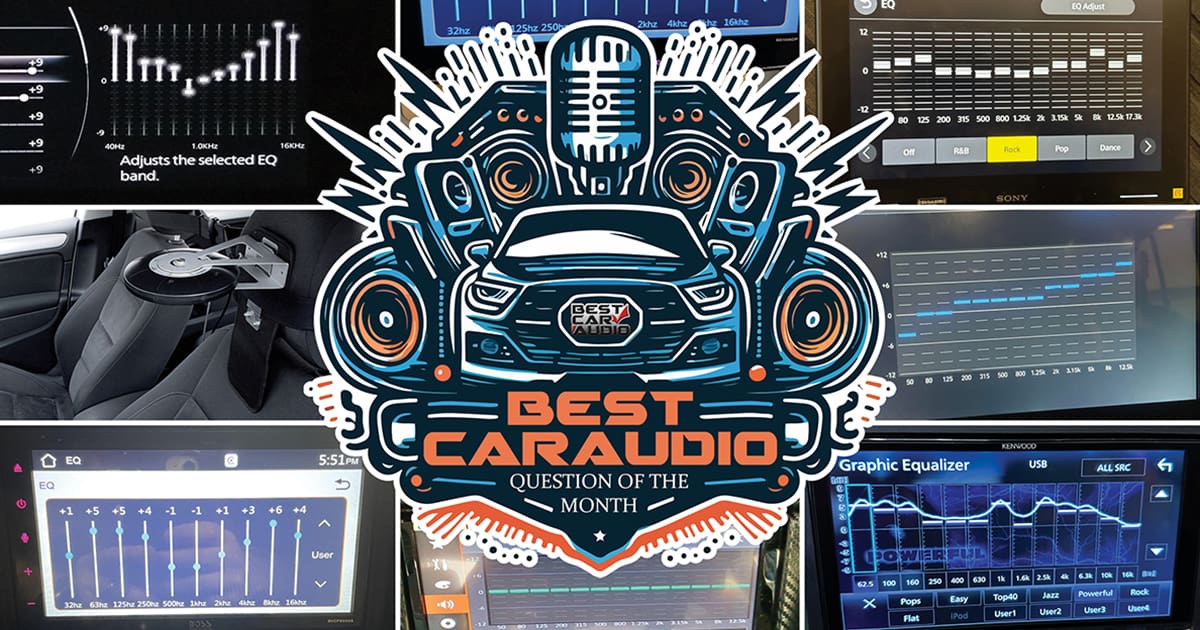The April Question of the Month is, “How should I set my car radio equalizer?” Interestingly, this question has popped up more times than expected recently, and there are two very different answers to it.
Types of Car Radio Equalizers
Before we get into the first of the answers, we should talk about the types of car radio equalizers on the market. The simplest equalizer is a set of bass and treble controls. These don’t give you much precision, but they can be helpful. Most good quality radios on the market include an eight-to-15-band graphic equalizer. This type of equalizer allows you to increase or decrease the level of different frequency bands. A few radios offer parametric equalizers. Sometimes they include bass, midrange and treble bands with adjustable gain, frequency and Q-factor control.
Answering the question about how to set the radio equalizer is difficult because they often have a single EQ that affects all the output channels the same. This differs from a high-end digital signal processor with 28 to 38 graphic equalizer bands for each output. A few premium radios, like the Sony XAV-9000ES and XAV-9500ES, have much more elaborate eight-band equalizers for each channel on top of a global 14-band graphic EQ.
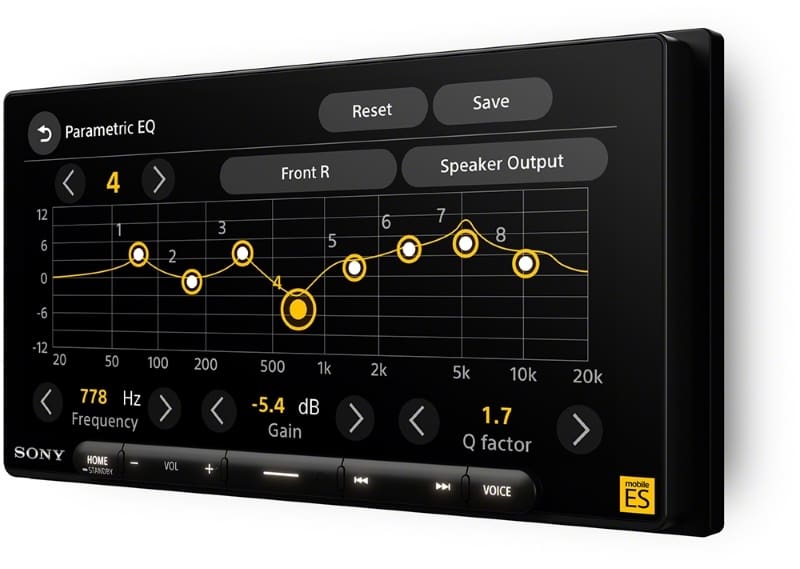
Answer 1: Compensating For System Design Deficiencies
The first way you can use the EQ in your radio is to compensate for audio system deficiencies. You’ve likely seen the typical “happy face,” “smiley face” or “mid scoop” equalizer setting. This configuration boosts bass and treble information and is typically chosen to make up for the limitations of the system’s speakers. For example, if your stereo has 5.25-inch speakers with whizzer cones and no tweeters, you likely want to boost the highs and lows.
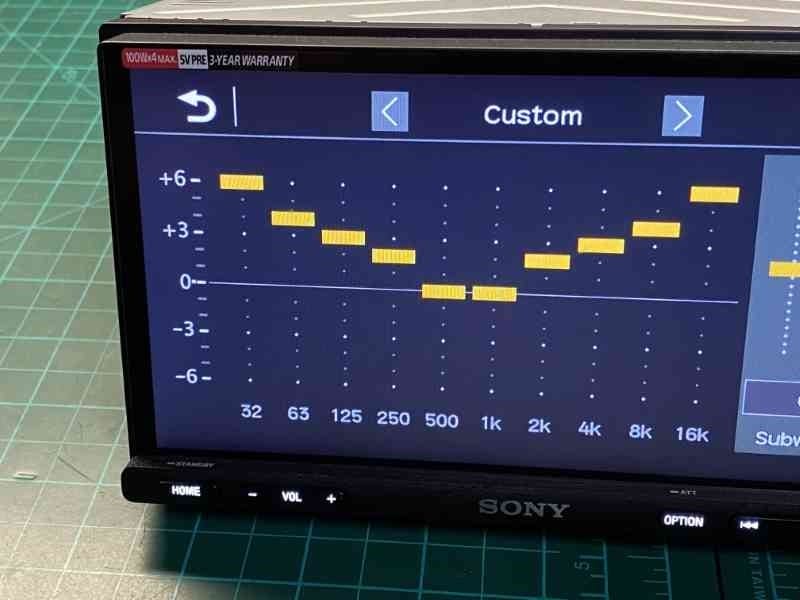
If this is your go-to equalizer curve, you should likely consider upgrading the speakers in your vehicle. Most modern car audio systems include separate tweeters in the dash, A-pillars or doors, or coaxial speakers in the dash or higher in the doors. As such, boosting high-frequency content is less important these days. However, as we age or have hearing damage, high-frequency audio information becomes difficult to hear first. You may need to boost the treble if your job or poor listening practices have caused hearing damage.
Very few car audio systems, even those with factory-installed subwoofers, reproduce authoritative bass information. So it’s not uncommon to want to increase bass frequencies. The better solution is to add a subwoofer.
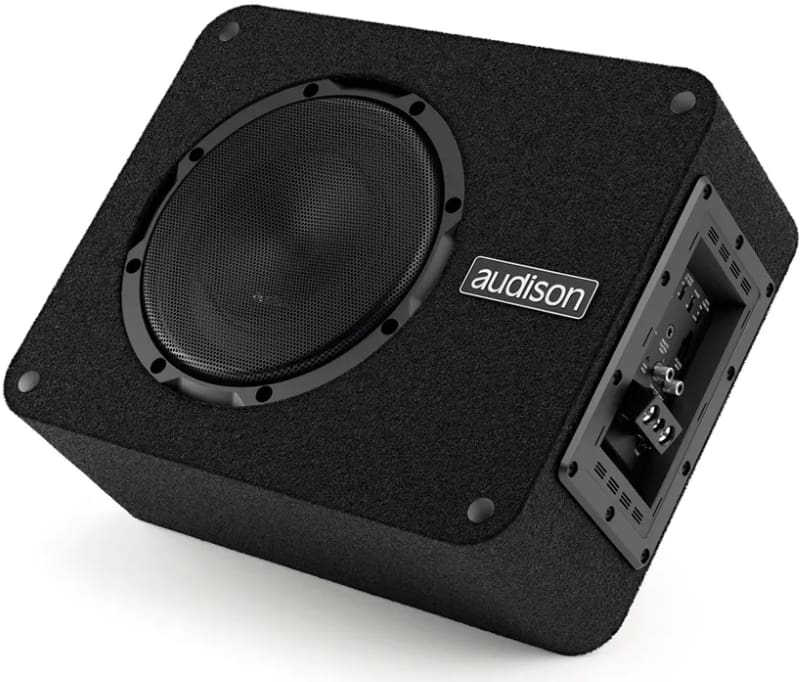
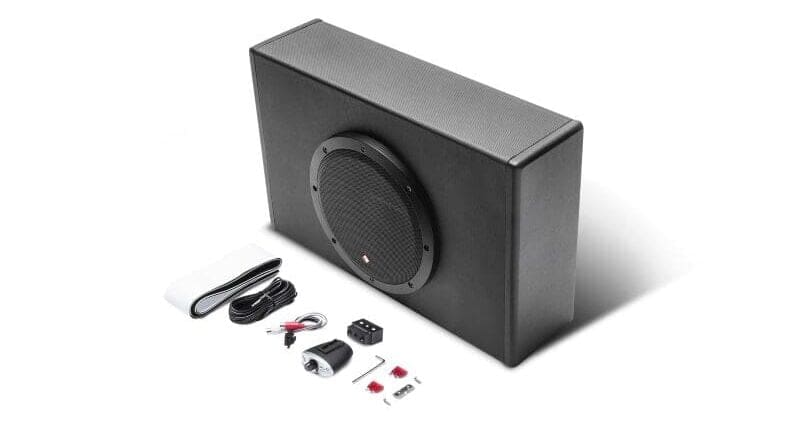
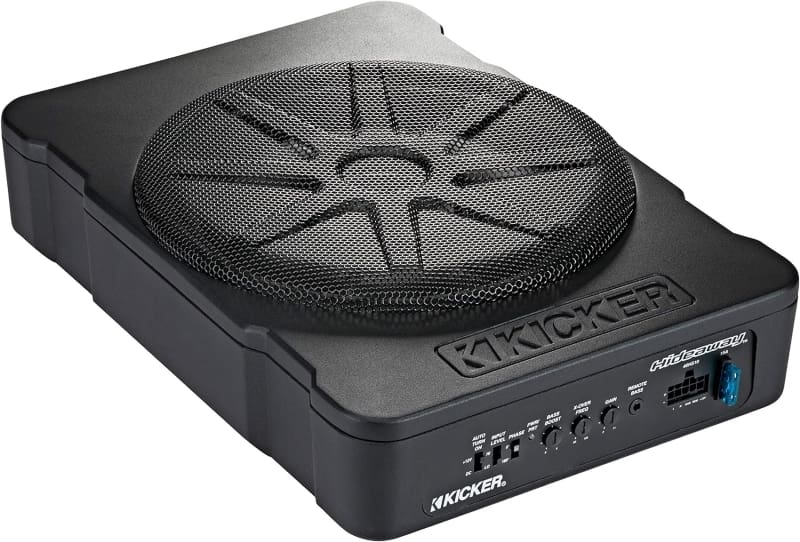
Don’t Exceed Amplifier and Speaker Limits
A word of warning here: If you’ve read any of our articles on speaker power handling, you should know that it takes the most power from an amplifier to reproduce bass information. Boosting a 60 hertz EQ band by 3 dB means that the amplifier will run out of power at a volume setting that’s 3 dB lower. Suppose you only have a small 20-watt per channel amplifier in your radio to power your speakers. In that case, you can easily reach a volume level that causes clipping and distortion at half the maximum.
Likewise, sending more bass information to a smaller speaker can quickly push it to the point that it reaches its excursion limits. You can’t expect a 6.5-inch midrange speaker to produce significant bass output. Once a speaker is at its limit, it adds a lot of unwanted distortion and harmonic information. You can think of it as mechanical clipping, since the net effect is similar. You might get away with adding a few decibels in the bass and cutting out some of the midrange to emphasize the lower frequencies.
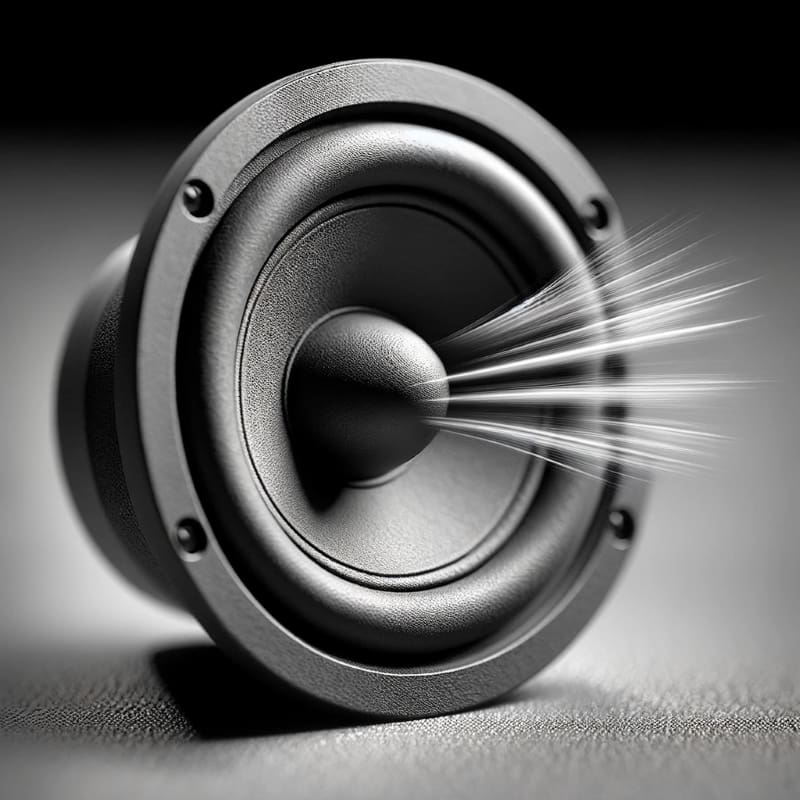
Here’s a little experiment: Adjust the equalizer in your radio to boost the lowest two equalizer bands as much as possible. This is usually 9 to 12 dB of boost at 50 and maybe 100 hertz. Now, play some music with lots of bass and increase the volume. You’ll notice that the amplifier starts to distort quickly.
Another consideration in pushing a small speaker to make bass is that all speakers (of every size and brand) add more distortion with more cone excursion. As such, asking a speaker to produce more bass will degrade its clarity. Be cautious when boosting bass frequencies. Add a subwoofer if you want more bass in your car audio system. Even a small under-seat solution can make a significant difference.
Answer 2: System Calibration Method
Suppose your car audio system has no problem covering most of the audible frequency range, and you want to improve its performance. In that case, using an equalizer in conjunction with test tracks and an audio analyzer is the best choice. To accomplish this, you’ll need a calibrated microphone and a way to accurately display frequency response. The latter is often called real-time analyzer software. You’ll also need training to know what information to use from a frequency response measurement, what to ignore and how to integrate measurements from all the speakers in the vehicle at once.
In most applications, it is best to seek the help of a trained professional with the tools to perform this sort of adjustment. They can analyze the system’s output and select equalization adjustments that work with the overall presentation. It’s crucial to note that you can’t simply play pink noise simultaneously through all the speakers, then measure that and adjust the equalizer. There will be a difference, but the results won’t match your goals if your goal is accurate and smooth tonal balance.
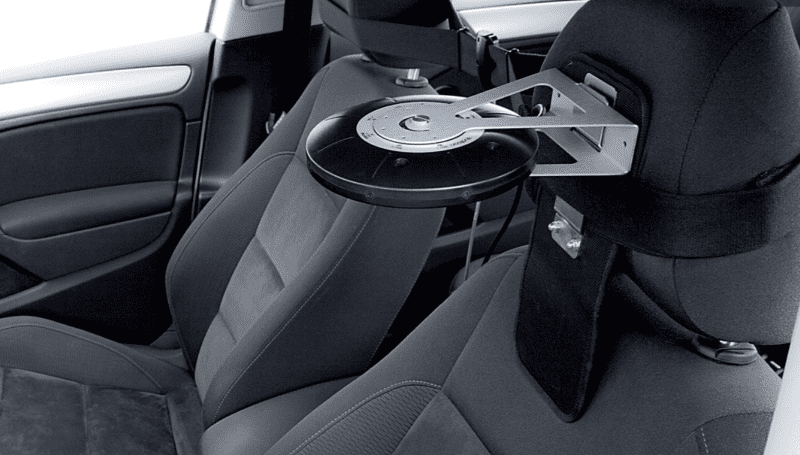
System Calibration Goals
While we’re on the topic of a system calibration approach, we should talk about what that means. Everyone has their listening preferences when it comes to music. Some want the lower frequencies to be super-accurate in terms of balance. This would be like hearing a scale on a piano sounding authentic and accurate. Others, and perhaps more, like some amount of bass boost. This is a typical scenario for car audio systems, as there is more road noise.
The same goes for midbass frequencies. Purists might want the system to be ruler flat down to 100 hertz so that male voices sound lifelike. Others might want a little boost to make drums and other percussion more fun. High-frequency information has similar preferences. Some want cymbals to be lifelike, while others want these frequencies to be a little louder to cut through some bass boost.
Almost everyone has similar preferences in the midrange. Voices, especially those of female performers, should sound lifelike. Nobody wants Billie Eilish to sound honky or Adele to sound nasally. This is the frequency range where proper system calibration can significantly affect your audio system’s perceived quality or accuracy.
Is A Car Radio Equalizer Enough?
Experimenting with equalizer settings is the first step in opening the rabbit hole of proper system calibration. You may find that the EQ in your radio doesn’t have enough bands to achieve the goals you have for your system. The technician calibrating an equalizer to deliver a lifelike sound will likely be frustrated if they don’t have a dedicated set of equalizer bands for each speaker in the system. Finally, you’ll need a high-end head unit or a stand-alone digital signal processor with a built-in or external amplifier to improve your car audio system’s imaging and staging performance.
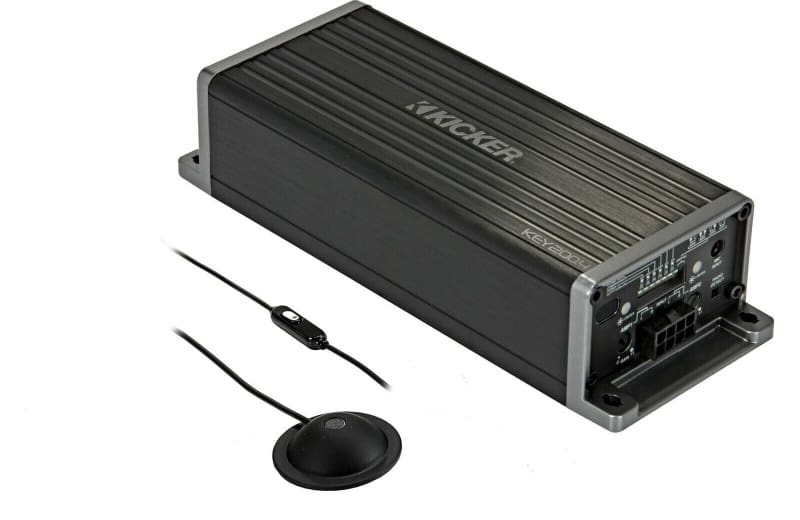
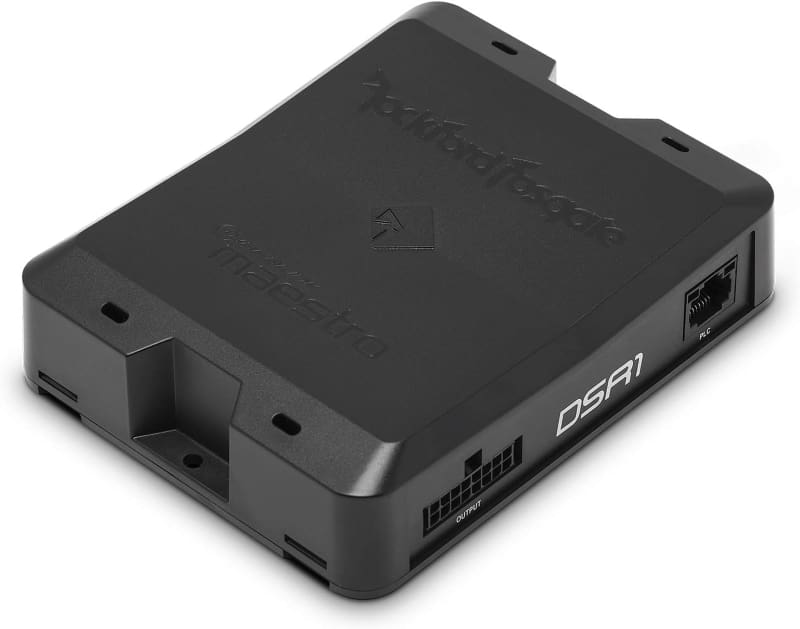
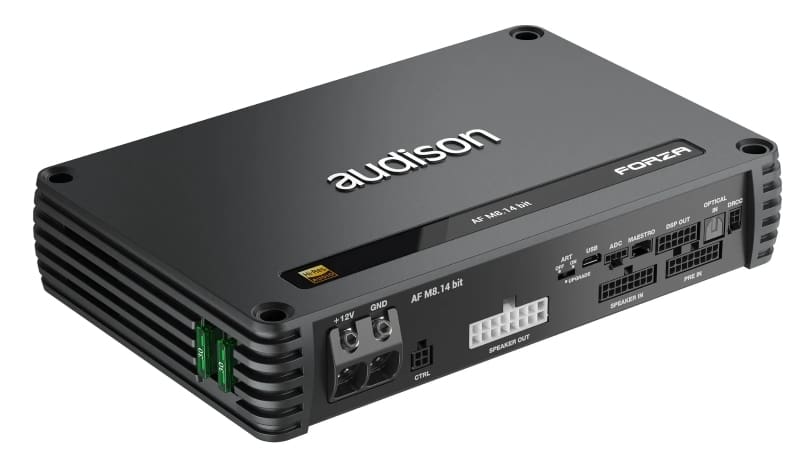
Frequency Response in Car Audio Systems Defines Quality
As we’ve said in many other articles, the frequency response of any audio system is by far the most significant factor in defining its quality. You could have the best speakers, amplifiers and source units on the planet. Still, it might not be enjoyable if the system isn’t equalized for your specific application and to your expectations. Proper measurement and adjustment are crucial, whether you use the car radio equalizer or have invested in an amplifier or a dedicated digital signal processor. If your car audio system doesn’t sound how you want, drop by a local specialty mobile electronics retailer for help. They can listen to your audio system and make suggestions to get you closer to your goal.
